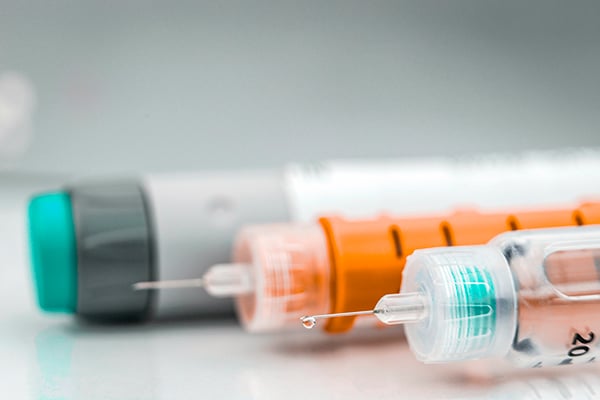Insulin patches provide new options
Daily injections are just part of life for millions of diabetics. Right? Not anymore.
Small insulin patches are making big changes in the management of diabetes, eliminating all those injections while still keeping blood sugar levels in target range.
Pump to patch
Pumps have been used for years to treat diabetes, but new technology has condensed the pump’s functionality to the size of a patch. Why are so many people using them?
“These patches are just more convenient,” says Saleemah Y. Fahmi, MD, endocrinologist on the medical staff at Methodist Charlton Medical Center. “For patients with busy lifestyles, this is just a lot easier.”
Dr. Fahmi says insulin patches follow the same general model. You put it on and take it off yourself. A quick needle prick inserts soft tubing under your skin to administer the insulin. They all continuously pump insulin while the device is attached and have the capability to administer additional insulin before eating or as needed to correct blood sugar levels.
But not all patches are the same. Some only last a day; others can work for three days.
Consider the options
Simple patches are just what they sound like. With preset base dosages, you do your own meal and correction dosage calculations then push a button on the device to deliver the desired amount.
More sophisticated pumps (also called patch-pumps) provide variable control of your base insulin rate throughout the day. They also automatically calculate injection amounts for meals or corrections once you input blood sugar levels (and carbohydrate content for meals) either manually or electronically, from a separate or integrated glucose sensor or monitor.
With varying degrees of dosage flexibility and device complexity, it’s important to consult an endocrinologist before you put down the shots and pick up a patch.


